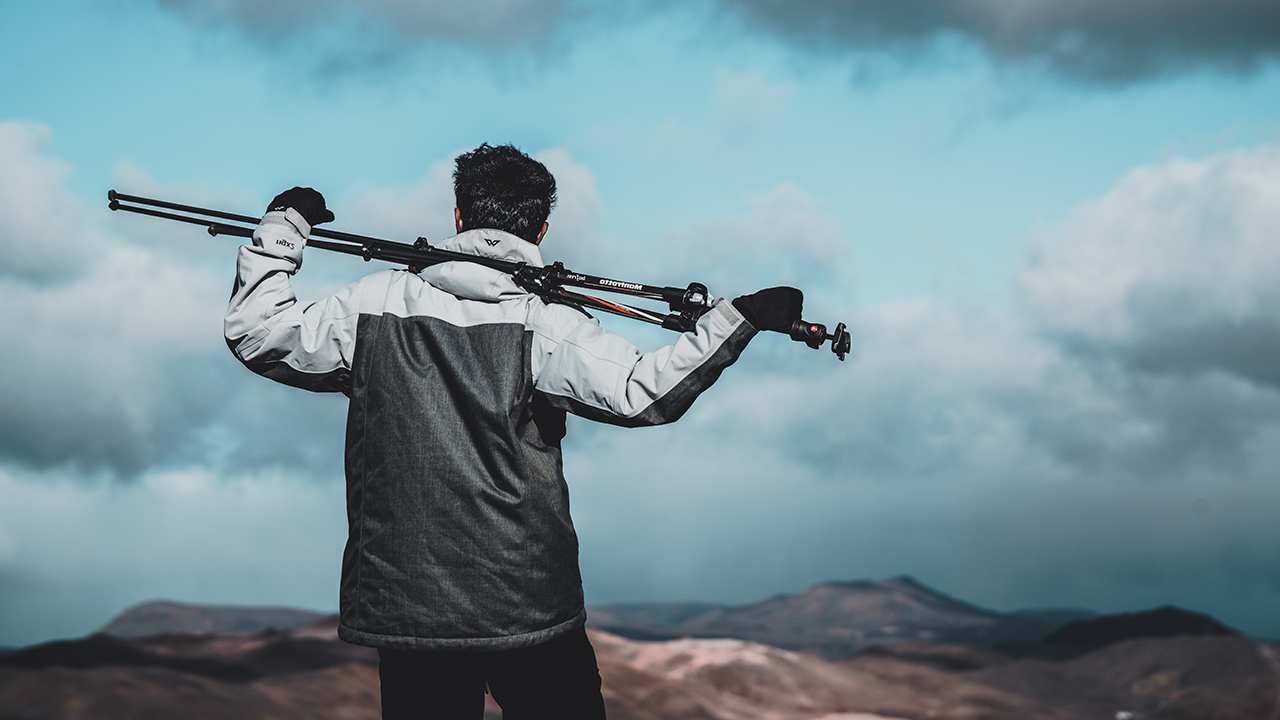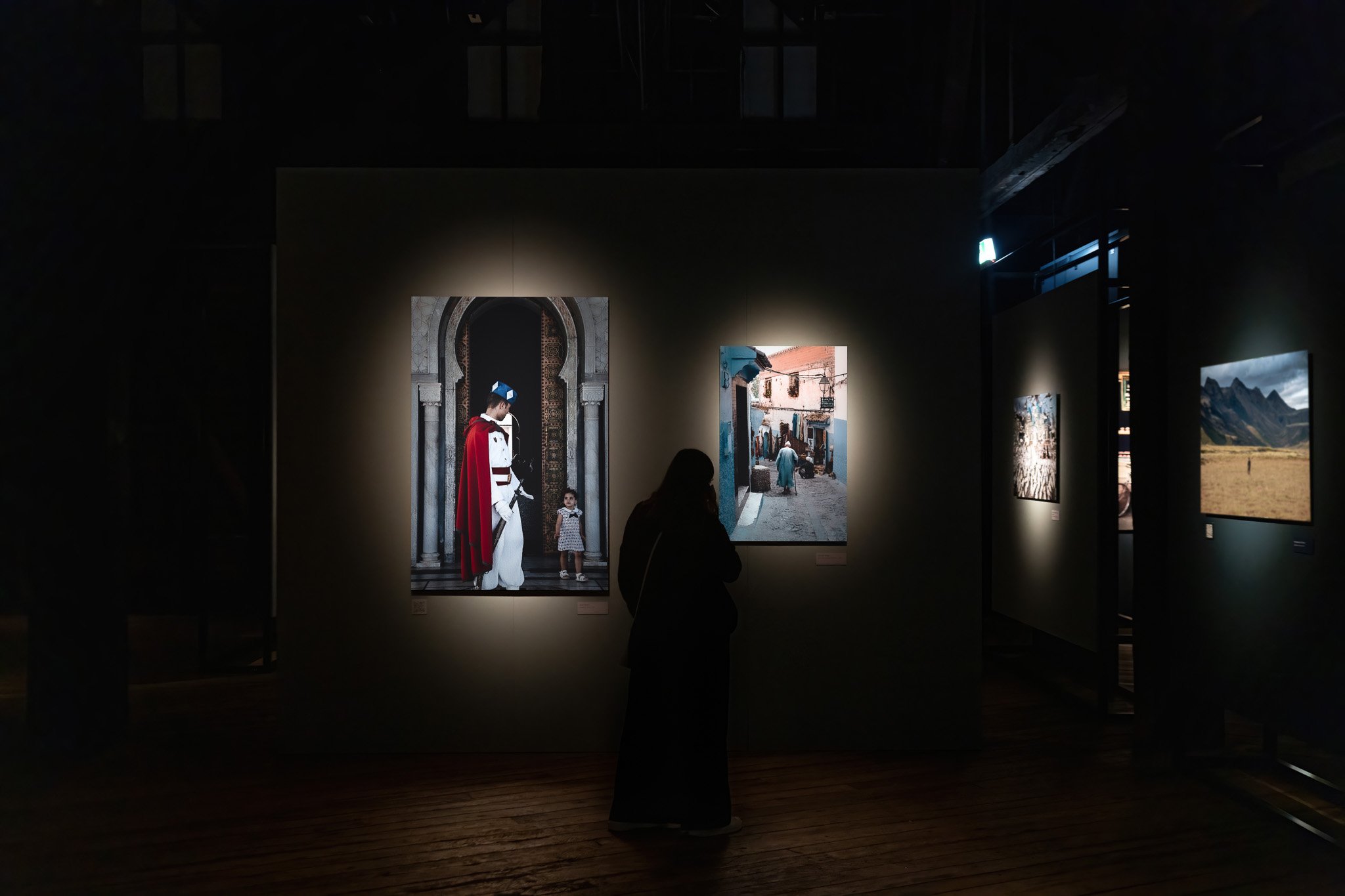How to Choose the Right Commercial Photographer
Finding the right commercial photographer can shape your brand's image and impact your marketing success. Here's what to focus on:
Define Your Needs:
Decide on the number of photos, style, and usage (e.g., social media, ads).
Set a clear budget and timeline.
Align the visuals with your brand's identity and audience.
Check Portfolios:
Look for a photographer whose style matches your vision.
Prioritize industry experience and technical skills.
Verify Credentials:
Confirm certifications, insurance, and client testimonials.
Review case studies and measurable results.
Test Communication:
Ensure they respond promptly, understand your vision, and provide clear updates.
Compare Pricing:
Review costs for shooting, editing, and licensing.
Consider a test shoot to evaluate their work before committing.
Lifestyle Photography Portfolio Tips: Jarusha Brown Case Study
Define Your Photography Requirements
Before you start looking for a commercial photographer, it’s crucial to pin down exactly what you need for your project. This step will help you find someone who can meet your business goals.
Set Clear Project Objectives
Your photography goals should align with your business needs. Think about the purpose of the images and outline these key details:
Image specifics: How many photos you need, the types of shots, and where they’ll be used (e.g., social media, ads, or print).
Technical requirements: Resolution, file formats, and aspect ratios.
Creative direction: Style preferences, whether you need models, props, or specific locations.
“A brand photoshoot is the perfect way to communicate that you are the go-to person or business and not lose out on potential customers”
Plan Your Budget and Schedule
Photography costs can range from $900 to $5,000, depending on the scope of the project and deliverables [3]. Having a clear budget will help you narrow down photographers who fit your style and financial plan.
| Cost Component | Description |
|---|---|
| Photographer Fees | Covers shooting time and expertise |
| Equipment Costs | Specialized cameras or gear |
| Location Expenses | Studio rentals or permits |
| Additional Services | Editing, rush delivery, etc. |
| Usage Rights | Licensing for specific purposes |
“A great brief can save a huge amount of time and ensure the success and effectiveness of your shoot, campaign, or project”
Share your brand guidelines and examples of the visual style you’re aiming for. The photographer’s portfolio should align with your brand’s aesthetic, appeal to your audience, and reflect the values you want to communicate.
With your requirements in place, the next step is to review photographers based on their experience and past work.
Review Portfolios and Track Record
Your brand's visuals play a huge role in shaping its identity, so it's important to thoroughly review portfolios to find a photographer who can create content that connects with your audience.
Check Visual Style Match
Look through portfolios to see if the photographer's style aligns with your brand's aesthetic. Pay attention to elements like lighting, composition, and color treatment. A solid portfolio with 8–25 images can give you a good sense of their skills. Here's a quick breakdown of what to evaluate:
| Style Element | What to Look For |
|---|---|
| Lighting | Consistent quality and mood that fits your brand |
| Composition | Thoughtful framing and subject placement |
| Color Treatment | Colors that match your brand's overall look |
| Subject Focus | Clear emphasis on key features of the product |
Look for Industry Experience
Photographers with experience in your industry are more likely to understand your specific needs. For example, if you're in the consumer packaged goods (CPG) space, check for portfolios that showcase similar products and styles.
“A photography portfolio is an essential step toward success in a highly competitive industry.”
[6]
Prioritise photographers who show:
Case studies with successful campaigns for brands like yours
Technical skills to handle your type of product
Familiarity with challenges unique to your industry and how to address them
Examine Photo Quality Standards
Every image should reflect a strong grasp of photography fundamentals and maintain consistent quality across projects. Look for high resolution, skillful lighting, natural post-processing, and attention to detail. These factors are key to ensuring your visuals stand out.
After narrowing down photographers with the right style and experience, the next step is to dig into their professional background to confirm their reliability and expertise.
Verify Professional Background
After identifying photographers with impressive portfolios, it's important to confirm their professional qualifications and experience. This step ensures they have the expertise to meet your brand's needs and consistently deliver top-notch results.
Check Qualifications
Certifications and memberships can indicate a photographer's commitment to industry standards. Confirm these credentials through organisations such as APS, which offers a membership to certified professionals.
| Qualification Type | What to Verify | |||||||||||||||||||||
|---|---|---|---|---|---|---|---|---|---|---|---|---|---|---|---|---|---|---|---|---|---|---|
| Industry Certifications | Membership in groups like APS or ASMP | |||||||||||||||||||||
| Insurance Coverage | Proof of liability and equipment insurance | |||||||||||||||||||||
| Professional Training | Specialised education in commercial photography | |||||||||||||||||||||
Review Past Client ResultsDive into case studies, testimonials, and measurable results to evaluate a photographer's ability to deliver on their promises. “Professional affiliations and certifications are important, but what truly matters is the photographer’s ability to consistently deliver results that align with client objectives and drive business outcomes.” When speaking with references, ask about their experience with deadlines, budgets, communication, image quality, and post-production timelines. Pay attention to:
After verifying their credentials, you'll be ready to assess how well they communicate and work with your team. Test Communication SkillsStrong communication plays a key role in the success of any commercial photography project. A photographer's ability to understand and bring your vision to life relies heavily on how well they communicate and respond to your needs. Assess Communication and Vision AlignmentA good photographer should respond promptly (ideally within 24 hours) and keep communication consistent throughout the project. Pay attention to the following during your initial interactions:
The consultation phase is your opportunity to ensure the photographer understands your vision and can execute it effectively. During this stage, they should:
“Clear communication during the initial consultation phase is critical. A photographer who asks detailed questions about your project demonstrates both professionalism and a genuine interest in achieving your vision.” Pay close attention to whether they ask specific questions about your brand, target audience, how the images will be used, and any deadlines. These details show they’re truly invested in meeting your goals. Once you're confident in their communication skills and alignment with your vision, you can move on to reviewing pricing and possibly testing their capabilities with a trial project. Select Your PhotographerAfter assessing communication skills and ensuring the project aligns with your goals, it's time to finalize your choice. This step requires a close look at pricing details and testing the photographer's skills before committing long-term. Compare Pricing OptionsTake a detailed look at the photographer's pricing packages:
When comparing costs, also think about their industry experience, delivery timelines, equipment needs, and licensing terms. Once you've narrowed it down, consider running a small test project to confirm your decision. Test Before CommittingA test shoot is a smart way to evaluate the photographer's skills and working style. It helps ensure they can meet your expectations before you dive into a larger project. For the test shoot, include:
“The results of a test shoot should demonstrate not just technical proficiency, but also the photographer’s ability to interpret and execute your creative vision while maintaining your brand standards” Key areas to evaluate during the test shoot:
This approach ensures you're making an informed decision while protecting your investment. ConclusionChoosing a commercial photographer is an important decision that can shape your brand's image and marketing efforts. The right choice depends on evaluating several critical factors that influence the success of your project. Here are some key points to consider:
Previous
Previous
Event Photography Checklist: Planning for SuccessNext
Next
Food Photography Lighting: 5 Professional Techniques |






